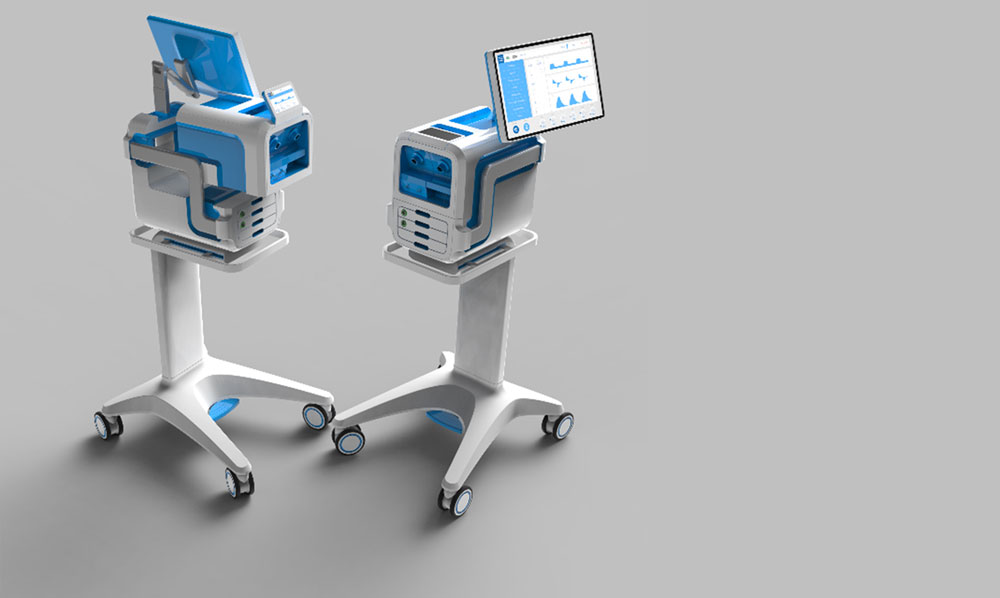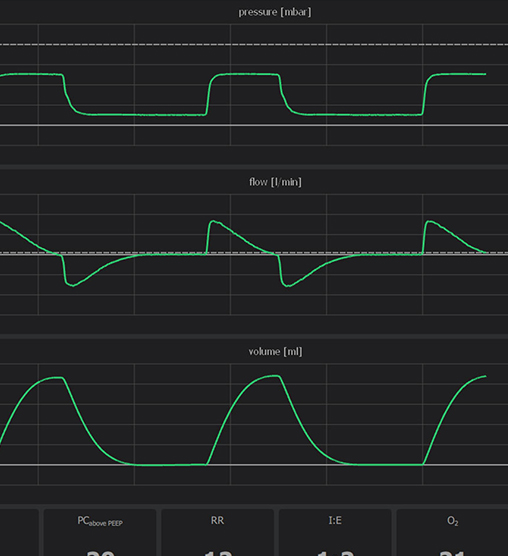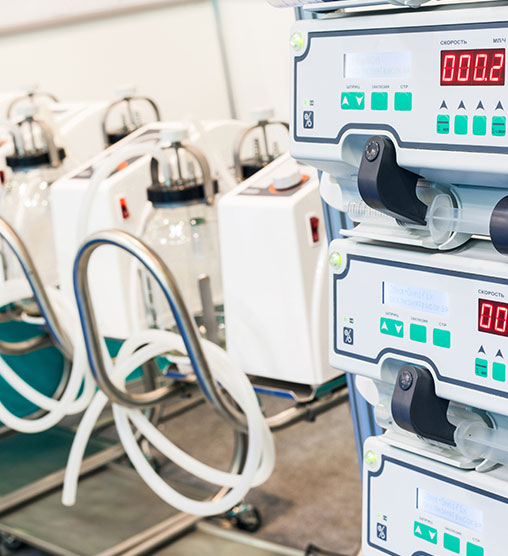using deep learning to extract respiratory effort estimation.
Surface electromyography (sEMG) measures the electrical activity on the skin, for example, due to muscle contraction. Such measurements can be used to estimate breathing effort by patients under respiratory support and be used to optimize care. However, estimation of respiratory activity from sEMG measurements is hampered by significant distortions by the electrical signal of the heart, other muscles and other sources. Hence, advanced signal processing is required to extract actionable data from the measurements and provide a relevant measure for respiratory activity.
reliable signal for real-time control.
We developed a deep learning algorithm to extract actionable data from the sEMG measurements. This data can then be used to control the medical ventilator by detecting and quantifying respiratory activity. In addition, the algorithm provides data relevant to medical diagnosis.
designing a reinforcement learning controller from scratch.
The trained algorithm predicts the ground truth value with a normalized RMSE of 0.05 on a synthetic dataset. This accuracy is sufficient for diagnostic support to the physician. With sufficient robustness, this is suitable for automated triggering of a medical ventilator, as well. On robustness, the algorithm outperforms the incumbent traditional algorithm, maintaining high accuracy despite artifacts in the measured signal. On top of that it has lower latency. The algorithm is tested on data from measurements with volunteers, as well, with excellent performance






